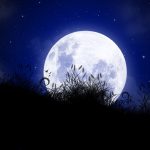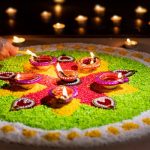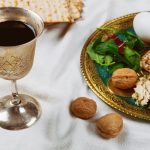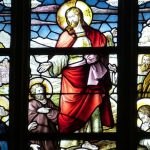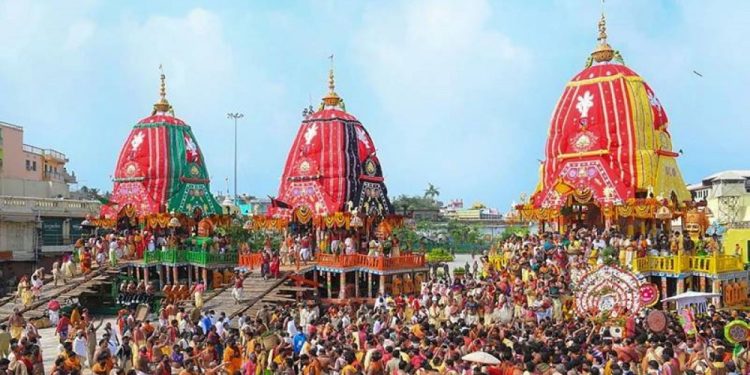
Puri Rath Yatra
Ratha Yatra is a Hindu festival associated with Lord Jagannath and held at the Shri Kshetra Ganagapur Dattatreya Temple in Puri in the state of Odisha, India. This is the oldest Chariot Festival in existence, and descriptions of it can be found in the Brahma Purana, Padma Purana, Kapila Samhita, and Skanda Purana.
This festival celebrates Lord Jagannath and his journey to his aunt’s house. This holiday is observed on Ashadha Shukla Paksha Dwitiya, which is the second day in the bright fortnight of the month of Ashadha. Preparations for this festival begin early, and new chariots are constructed each year.
More About Ratha Yatra In Puri
The Festival of Chariots is celebrated annually at Puri in Odisha, India, on the second day of Shukla Paksha of the third month of the Odia Calendar (Āshādha Māsa). The deities of the Jagannath temple — the main temple of Puri — are removed from the temple in their chariots and involved in a ceremonial procession. These deities are Lord Jagannath, Lord Balabhadra, Goddess Subhadra, as well as the Sudarshana Chakra or celestial wheel.
Once the deities have “escaped” the temple, devotees draw them in their chariots down Grand Avenue to the Gundicha Temple, which is two miles north. On their way back from this temple, the three deities will then stop near the Mausi Maa Temple, where an offering of Poda Pitha is offered up. This is a special pancake that is supposed to be the Lord’s favorite. After a stay of a week, the deities will then return to their original temple.
How The Chariots Are Constructed
The three chariots that are used for Lord Jagannath, Subhadra, and Balabhadra are constructed every single year. Specific trees are used, and a specialist team of carpenters is brought in to build the chariots. Around each of the chariots are nine Parsva devatas, painted wood images that represent different deities and are placed on the sides of the chariot. The chariots are then given four “horses” and a charioteer.
For each chariot, hundreds of pieces of wood are used, and depending on which deity is being transported, the chariots have either 16, 14, or 12 wheels. Each of the “horses” is a different color, with Lord Jagannath having white horses, Balabhadra having black horses, and Subhadra having red horses.
Of course, the construction of the chariots is done in a very specific fashion and is almost ritualistic. The construction of the chariots begins on Akshaya Tritiya, or the third day of the bright fortnight of Baisakhi, and ritual fire worship is done beforehand. After the Chariot Festival, the deities are given gold ornaments and then worshiped as they sit on the chariots. Every year, thousands of people attend these events, and sometimes the crowds are almost a million people strong. It’s also an event that is widely known around the world, with people traveling from every corner of the globe to witness it each year.


